We’re in for quite the spectacle… 👀😲.
Just a normal Friday night at my house, then.
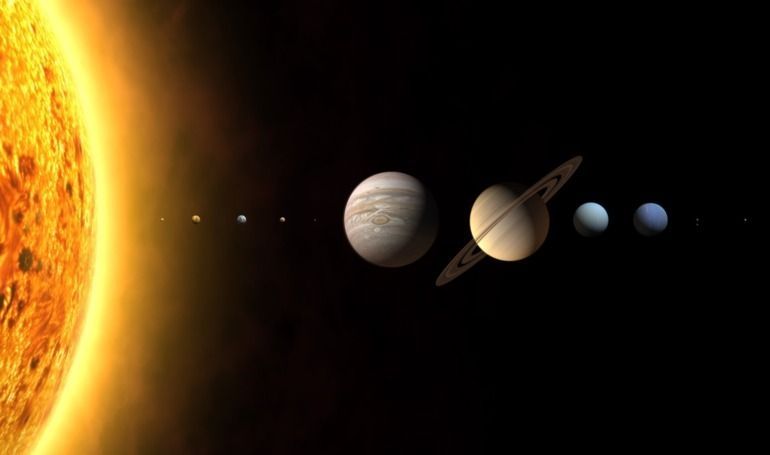

A “portrait” that is the first piece of artificial-intelligence art sold by a major auction house shattered estimates, selling for 45 times what was expected.
“Portrait of Edmond de Belamy” was sold Thursday at Christies in New York for $432,500. It had been expected to go for $7,000 to $10,000. The buyer was not revealed.
The painting is one of 11 portraits of a fictional family created so far by the Paris-based art collective Obvious.

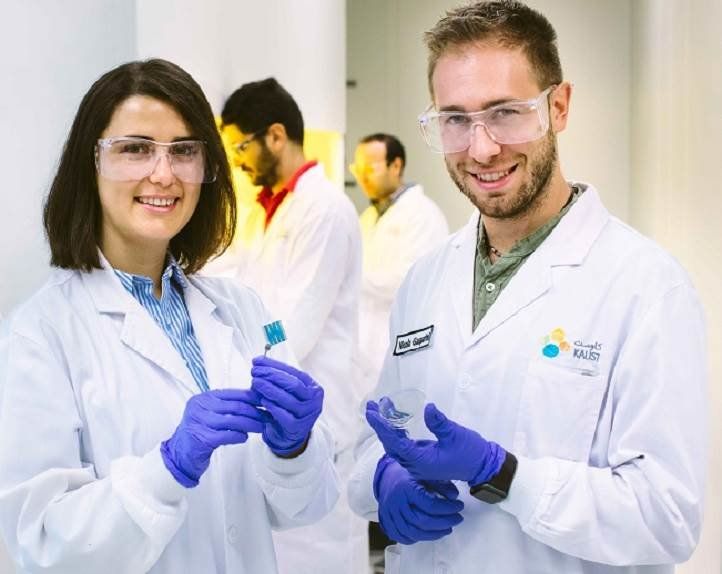
New houses could soon deliver on a long-awaited promise and incorporate windows or roof tiles that harvest solar energy, research conducted at KAUST suggests.
Derya Baran, at the KAUST Solar Center, and her colleagues have developed a photovoltaic organic material that captures light efficiently and that potentially could be coated on building materials.
Traditional roof-mounted solar panels are made from slabs of silicon, but organic molecules can also capture energy from sunlight. These molecules could be formulated as inexpensive printable inks that are applied to regular building components such as windows. Turning sunlight into electricity is a multistep process, and the key to developing high-performance organic photovoltaic materials has been to find organic molecules that are good at every step, Baran explains.
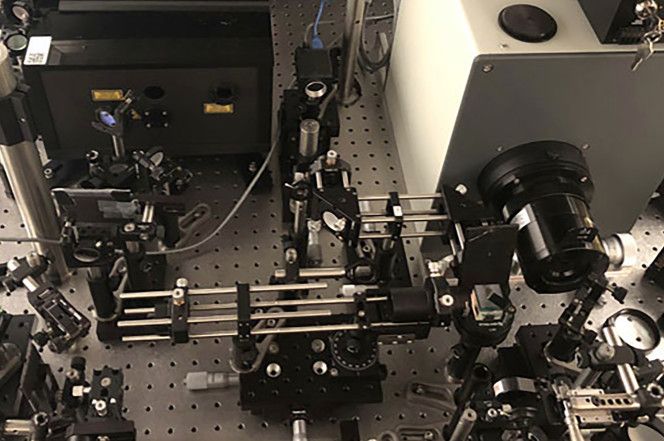
The “slow motion” modes on modern smartphones crank up the speed of video recording so that when it’s played back at regular speed, the motion you see on the screen is slowed down. It’s a neat feature to mess around with, but slow motion capture has some very serious scientific applications as well. Capturing the microscopic world at high speeds can help researchers shed light on all kinds of interesting behaviors and phenomena that shape our reality.
Now, imaging specialists have built what is being called the fastest camera on the planet, allowing for the capture of movement at up to 10 trillion frames per second. Forget slowing down a video of a home run at your kid’s softball game, this incredible contraption can slow down light itself.
A new paper published in Light: Science & Applications explains how the camera works, and boy is it complicated. To put it in its most basic terms, the camera uses laser pulses so ultra-fast that they are measured in quadrillionths of a second and combines those frames with images captured from a second camera moving at the same speed, allowing for high-quality images generated 10 trillion times every second.

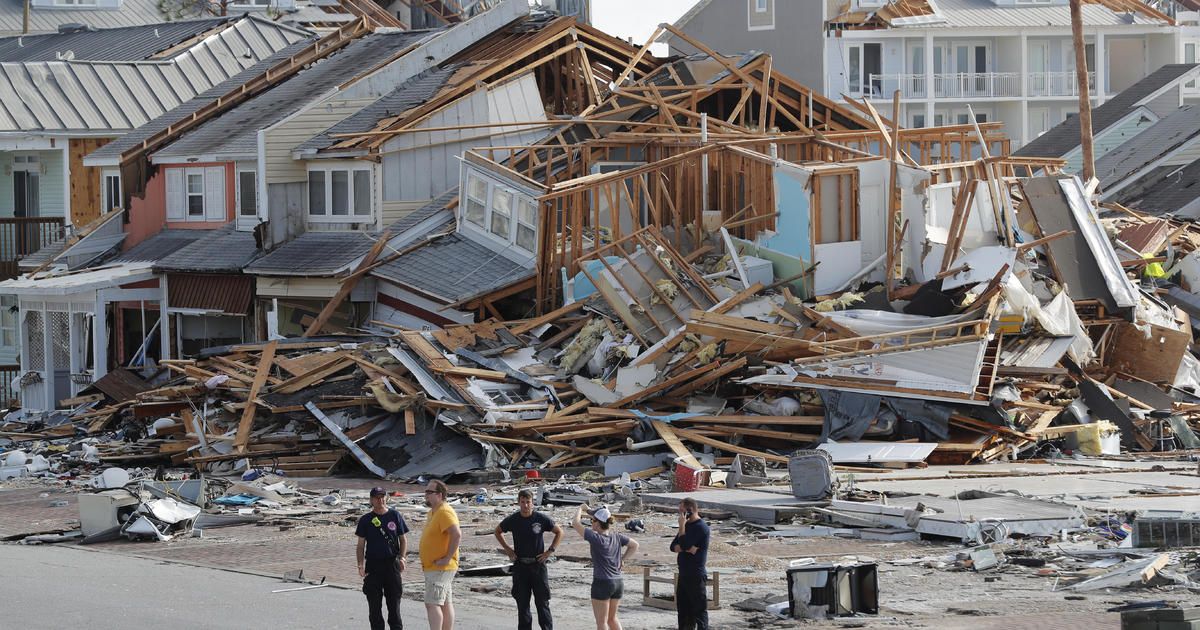

As a Master’s student at University of Houston’s Sasakawa International Center for Space Architecture (SICSA), I was exposed to many interesting aspects of space exploration. One that I’m particularly intrigued about is the daily lives of astronauts, and their most mundane activities — how they sleep, eat, shower, exercise, work, etc. When the time came to choose what to focus on for my design thesis, I knew it would have something to do with habitation, community, and daily lives in space.
My undergrad was in architecture and urban studies with an equal emphasis on both. This gave me an understanding of how dwellings changed throughout the centuries in relation to the evolution of cities. I think in most cases, our definition of “home” is very intertwined with our definition of “city”. And I believe as humans set sail for the stars, this intertwining will stay strong. What defines a home and a city varies greatly from culture to culture, and changes with time. However, in a broad sense, a home is for your personal and intimate activities, alone or with close family members, and a city is a collection of private and public areas where the community can interact and coexist.
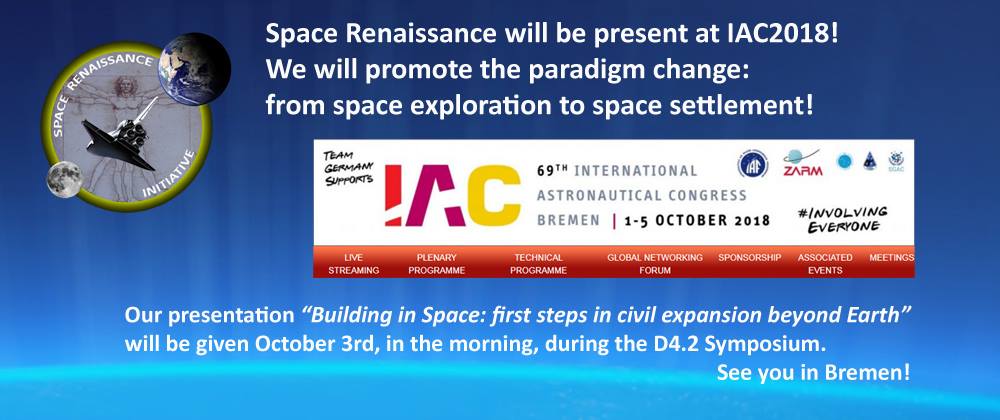
Some industrial activities can give a ROI in a reasonable times. Recovery and reuse of space debris and wreckages, at least in its recovery part, is very much needed, for orbital safety. With proper orbital infrastructures, to capture debris, the logical next step will be to re-process them, getting powders for 3D printing, a platform for orbital ISRU, very first bricks of orbital factories. Assembly of satellites and vehicles in orbit is a large industrial perspective, that will decrease the cost of design, construction and launch: a first step towards a self sustaining space industrial development. There’s a number of in-orbit operations: transport and maintenance of satellites in orbit, refuelling stations, repair shops, orbital sites, orbital yards, spaceports, habitats. All the activities tied to space tourism, such as hotels and lodging facilities, passengers transportation systems (Earth-Orbit, inter-orbit, Earth-Moon). Products from zero gravity, asteroid and lunar mining are other very promising industrial activities, on which several startups were already born.
Priority to enabling technologies.

A study from the UNC School of Medicine showed that the protein NLRP12, known for its anti-inflammatory effects, also protects mice on a high-fat diet against obesity and insulin resistance; it might have a similar effect in humans [1].
Study abstract
In addition to high-fat diet (HFD) and inactivity, inflammation and microbiota composition contribute to obesity. Inhibitory immune receptors, such as NLRP12, dampen inflammation and are important for resolving inflammation, but their role in obesity is unknown. We show that obesity in humans correlates with reduced expression of adipose tissue NLRP12. Similarly, Nlrp12/ mice show increased weight gain, adipose deposition, blood glucose, NF-kB/ MAPK activation, and M1-macrophage polarization. Additionally, NLRP12 is required to mitigate HFD-induced inflammasome activation. Co-housing with wild-type animals, antibiotic treatment, or germ-free condition was sufficient to restrain inflammation, obesity, and insulin tolerance in Nlrp12/ mice, implicating the microbiota. HFD-fed Nlrp12/ mice display dysbiosis marked by increased obesity-associated Erysipelotrichaceae, but reduced Lachnospiraceae family and the associated enzymes required for short-chain fatty acid (SCFA) synthesis.